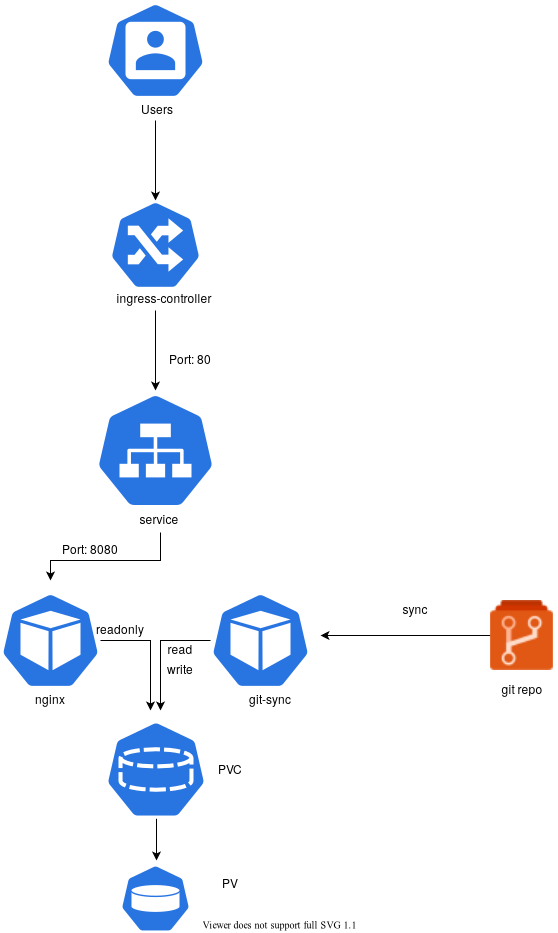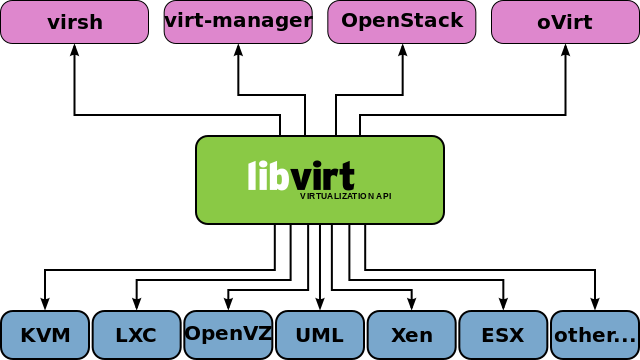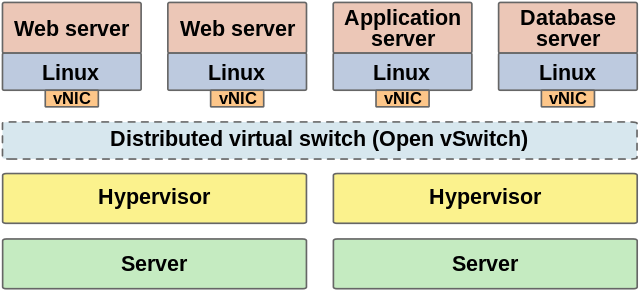Basic Timezone API
timezone-api is lightweight Flask app with TimezoneFinder(L) python library and provides a simple interface. Your request the timezone information for specific latitude and longtitude pair.
Request Parameters
Parameters are separated using the ampersand(&) character.
- lat: latitude (eg. lat=39.6034810) (Required)
- lng: longtitude (eg. lng=-119.6822510) (Required)
- timestamp: timestamp (eg. timestamp=1331161200) (Required)
Example Request
Request:
API urls must follow this format:
https://api.example.com/timezone/api?lng=-119.6822510&lat=39.6034810×tamp=1331766000
Response:
{"dstoffset":3600.0,"rawoffset":-28800.0,"status":200,"tzname":"America/Los_Angeles"}
- tzname: Timezone name
- dstoffset: the offset for daylight-savings time in seconds.
This will be zero if the time zone is not in Daylight Savings Time during the specified timestamp.
- rawoffset: the offset from UTC (in seconds) for the given location.
This does not take into effect daylight savings.
- status: response code
- 200: the request was successful
- 400: missing parameter(s)
- 422: out of bounds error
API Health
To check the API status or health
Request:
https://api.example.com/timezone/health/
Response: OK
API Info
For information about API
Request:
https://api.example.com/timezone/info/
Response:
{"debug":false,"running-since":1620688782.0930135,"version":"0.0.1"}
- debug: APP debug status
- running-since: API start time
- version: API version
Installation
I. Method: From Docker Hub
$ docker run -d -p 8080:8000 --name timezone-35 mofm/timezone-api
- Test
$ curl --request GET "http://127.0.0.1:8080/timezone/api/?lng=-119.6822510&lat=39.6034810×tamp=1331766000"
{
"dstoffset": 3600.0,
"rawoffset": -28800.0,
"status": 200,
"tzname": "America/Los_Angeles"
}
II. Method: Build Docker image
- Clone this repostory
$ git clone https://github.com/mofm/timezone-api.git
- Build Docker image (slim image with Google Distroless)
docker build -t timezone-img .
- Running Docker image
$ docker run -d -p 8080:8000 --name timezone-api ti
- Test
$ curl --request GET "http://127.0.0.1:8080/timezone/api/?lng=-119.6822510&lat=39.6034810×tamp=1331766000"
{
"dstoffset": 3600.0,
"rawoffset": -28800.0,
"status": 200,
"tzname": "America/Los_Angeles"
}


